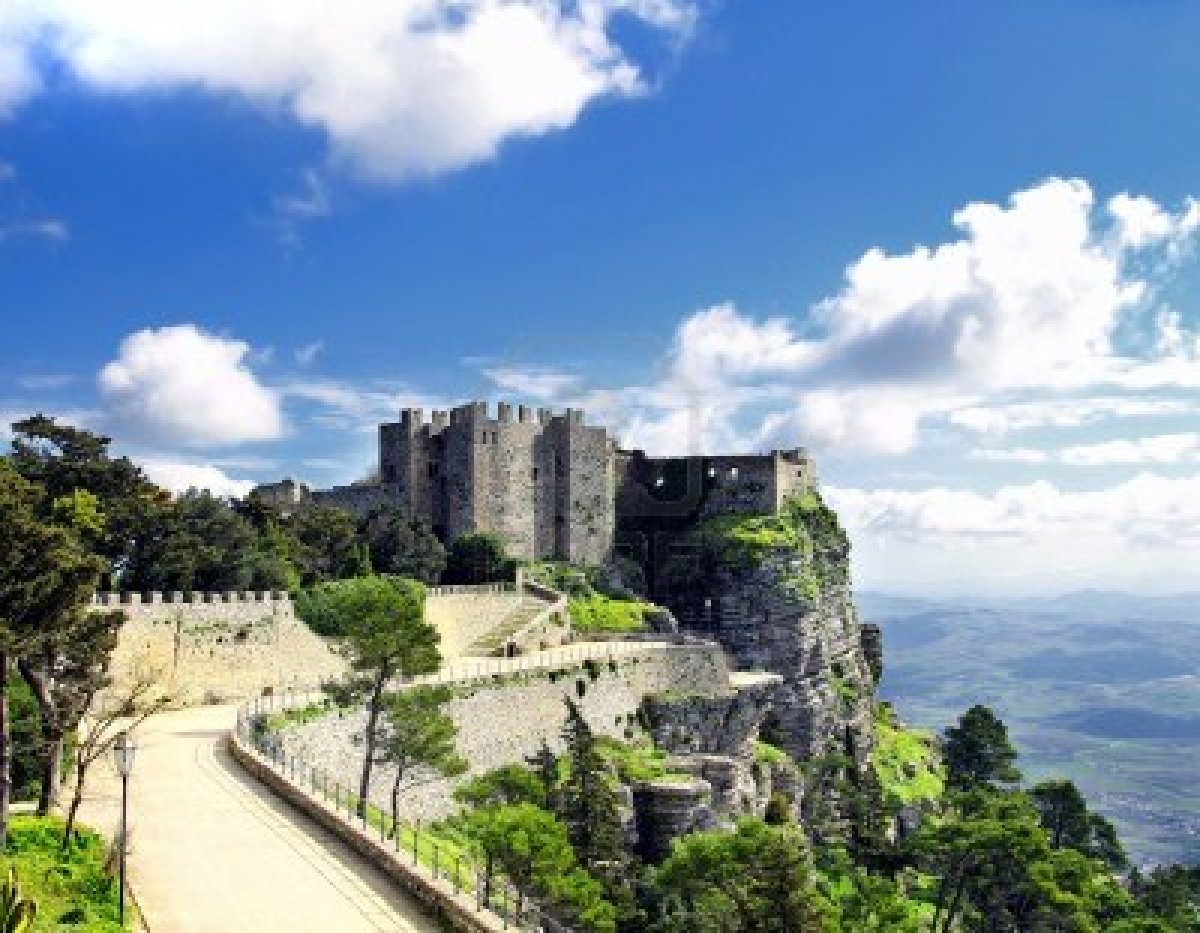Sicily: The best of the west
Why go?
Western Sicily has the rugged beauty, history and culture you would expect from the island but with fewer tourists, less bustle and some great food. It’s conveniently accessible, since direct flights from the UK to Trapani started last year, and promises early-season sunshine. Sicily’s proximity to Africa is felt most strongly here, with Moorish influences in the tight passages of the old quarters and in the local cuisine.
Atmospheric Greek ruins can be found at Segesta and Selinunte, while the rocky Egadi Islands sit in clear waters just off the island’s furthermost tip. The west was once known for Mafia activity but, while you may still spot a Mafia-related headline, the area exudes hospitality.
The region also holds the island’s most dramatic Easter festivities. The procession of the Misteri sees life-size wooden sculptures, dating from the 17th century, carried on the shoulders of locals through Trapani. Walkers begin at 2pm on Good Friday, finishing at midnight. The event is very popular with tourists, though, so book hotels in advance.
Travel by…
Plane. Fly to Trapani-Vincenzo Florio airport with Ryanair (www.ryanair.com) from Luton or – once services begin in April – from Birmingham. A taxi from the airport to Trapani costs around 30 euro, but there is a handy public bus at 3.50 euro. Hiring a car will allow you easy access to the region’s sights. Marsala can be reached from Trapani in a 30-minute drive. Car rental is available from Holidayautos (www.holidayautos.co.uk) from £145 for a week.
Stay at…
The ivy-clad Torri Pepoli (www.torripepoli.it, 0039 0923 860 117) in the mountain town of Erice. This romantic renovated tower occupies a secluded spot next to a castle. Its fairytale turrets contain seven neo-Gothic rooms from 150 euro a night, all with superb views.
Spend the first day…
Taking a cable car to Erice (www.funiviaerice.it) – but start early. Ascend the mountain too late in the day, and the town becomes engulfed in clouds. Wander down alleyways and stop for a cappuccino in a café. Afterwards, you can track the ancient city wall, taking in the town’s hulking duomo and then Porta del Carmine in the north. Finish at the 12th-century Castello di Venere, built on top of a temple to Venus.
Lying below, Trapani’s old town is also worth exploring. The pedestrianised Corso Vittorio Emanuele is where you will find the cathedral and elderly locals taking an early-evening stroll. The Chiesa del Purgatorio, near the port, is where the Easter statues are kept.
Have lunch…
Soaking up Erice’s sea views on the terrace of Monte San Giuliano (www.montesangiuliano.it, 0039 0923 869 595), reached through an archway on Vicolo San Rocco. Sardines are ubiquitous throughout the region – pasta con le sarde is a favourite here. Other specialities include couscous alla Trapanese (fish couscous); mains around 12 euro. The nearby, La Pentolaccia (www.ristorantelapentolaccia.it , 0039 0923 869 099) is a former monastery that serves good pasta busiate with aubergine, basil and pine nuts, and local wine.
Spend the second day…
In the pleasant baroque town of Marsala, best known for its sweet dessert wine. Taste some in one of the cantinas south of the port. One baglio (wine warehouse) that no longer stores wine is the Regional Archaeological Museum (0039 0923 952 535, Via Lungomare Boeo). Instead it holds a recovered Carthaginian warship.
The Egadi Islands can be reached by hydrofoil from Trapani (Ustica Lines and Siremar on Via Staiti). Favignana (around half an hour) and Levanzo (around 40 minutes) are the closest. You can hire bikes on Favignana, which is where the ritual tuna slaughter, La Mattanza, takes place in May and June. Levanzo has prehistoric cave-paintings.
Buy…
Marsala wine, on sale at various enoteca-souvenir shops in the town of its origin. The area’s most famous Marsala wine cellar, the Cantine Florio (0039 0923 781 111), also runs tours. Traditional sweets – almond paste moulded into tiny fruits – can be bought from bakeries and cafés all over the region. Erice is a good spot to buy hand-painted ceramics, antiques and colourful woven rugs.
Further information
www.sicilyweb.com , www.egadi.com
Source: Telegraph.co.uk

